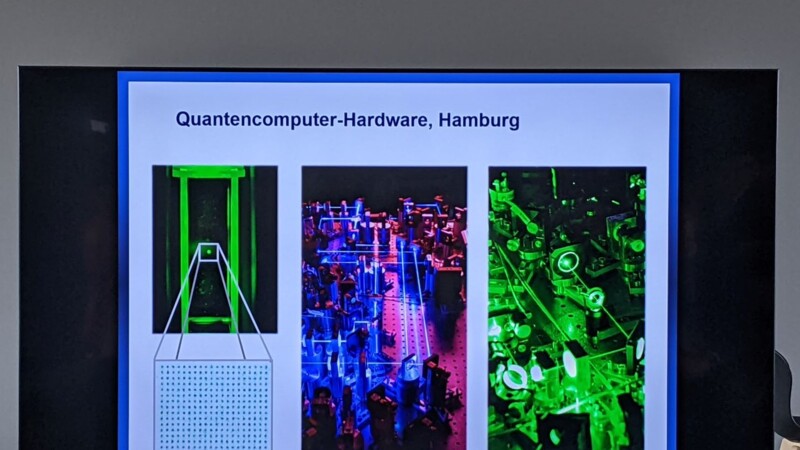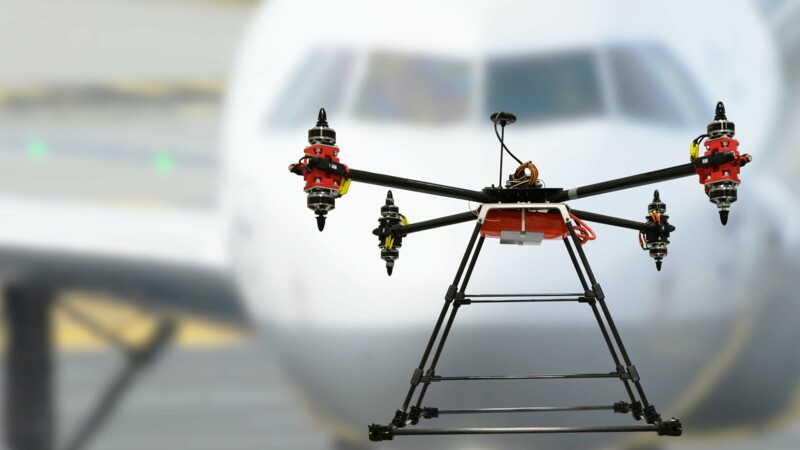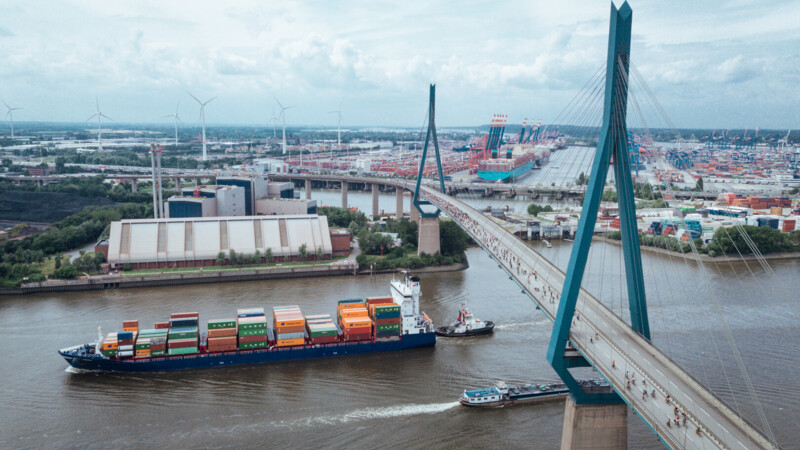"Apart from our goal of gathering information needed for structural inspections in areas where it is too dangerous or difficult for humans to do, the shortage of skilled workers also plays an important role," said Friedrich Stuhrmann, CCO of the Hamburg Port Authority (HPA). "The use of robots and drones can prepare us better for the future." Kai Uwe Ernst, Executive Partner at Reply, added: "Relieving employees of dangerous tasks and increasing productivity are the main drivers of mobile robots in companies. Reply, with its expertise and robotics platform, can help users like the HPA to use AI-based analytics in consistently and safely."
A robotic dog named Spot equipped with cameras and sensors is exploring the Köhlbrand Bridge in Hamburg. The days of the almost 50-year-old structure are numbered as it is due to be replaced by a tunnel or a new bridge. Around 38,000 vehicles cross the bridge every day. Spot, the mobile robot, now uses a 30x zoom camera to take high-resolution photos of damage to the structural wall under the west ramp carriageway. The aim is to test whether artificial intelligence and sensor units can pre-record damage and reveal it to the inspector with a holo lens. The trial is just one possible project that could be carried out in collaboration with Boston Dynamics and digital company Reply.
Robots taking over dangerous tasks
Future technology in port
HPA already uses waterborne and airborne drones to make the maintenance and expansion of the port infrastructure more efficient. This includes inspections of buildings and facilities as well as process support and control of facilities that are difficult to reach. Thus, the use of a mobile like Spot is the next logical step.
ys/pb
Sources and further information
More
Similar articles

Hamburg's quantum network off to successful start

Drones securing airspace thanks to Falke project

Tests of Europe's new U-Space concept underway in Port of Hamburg
